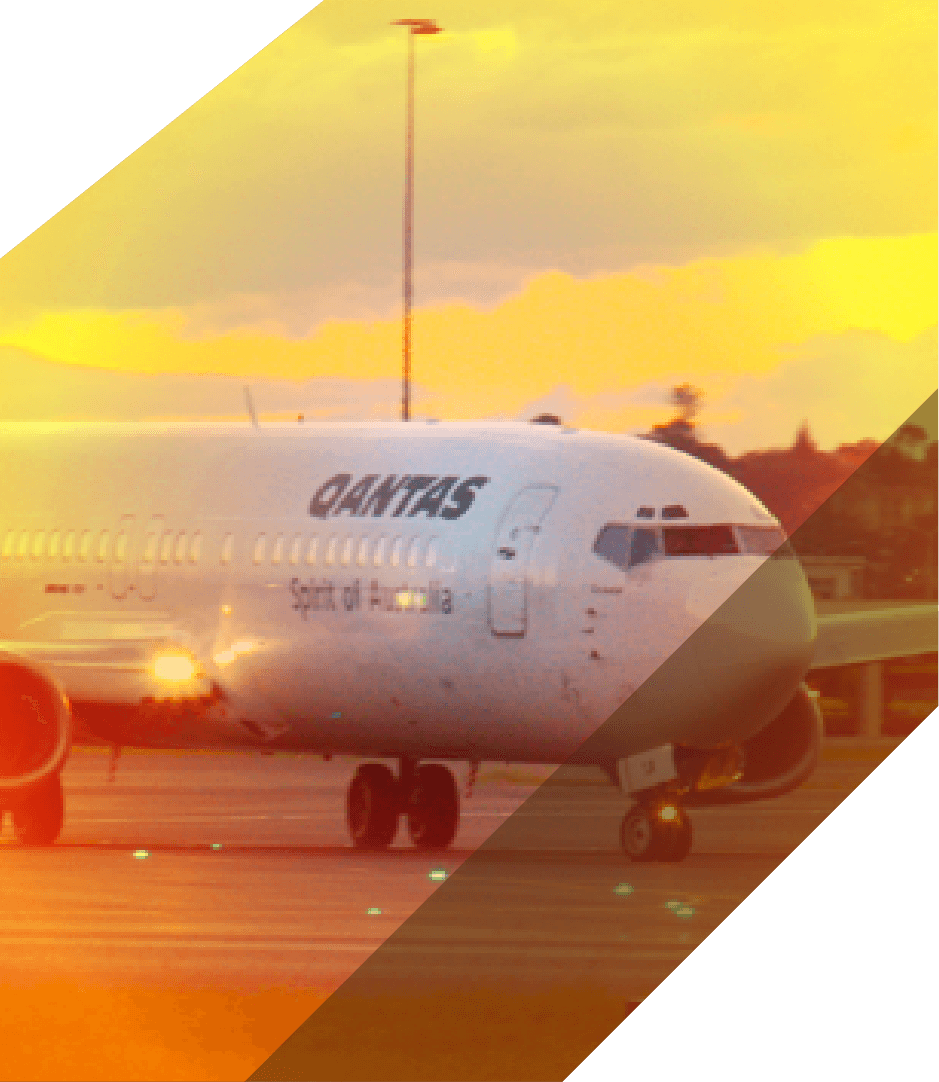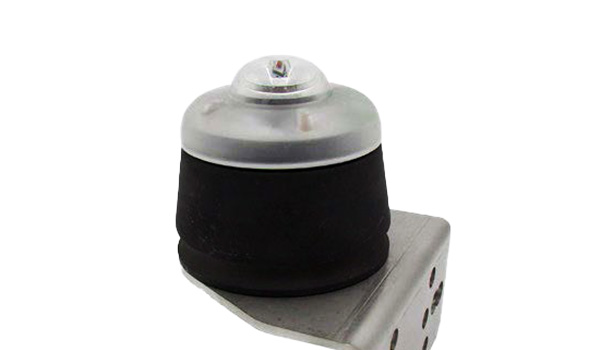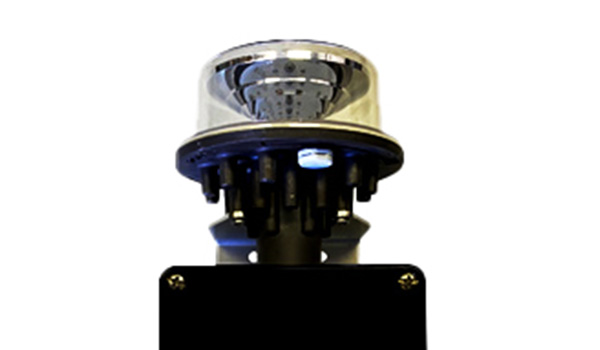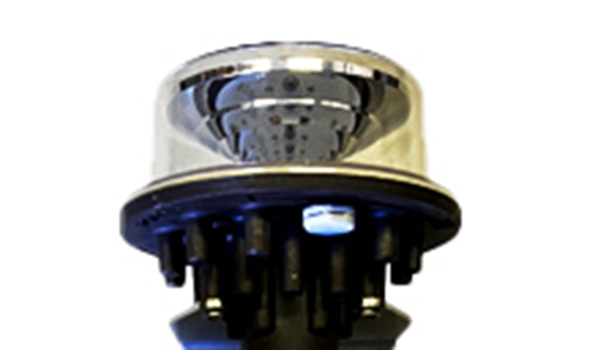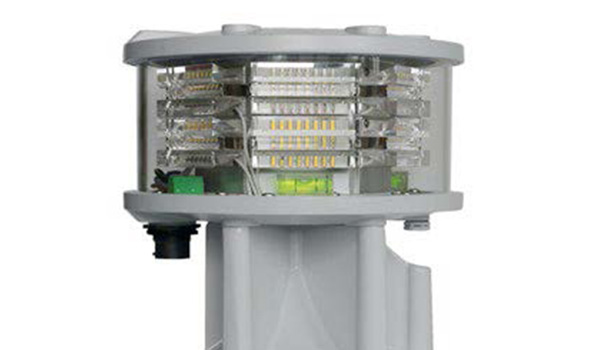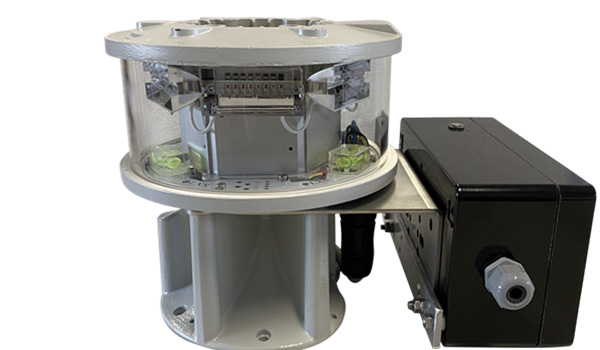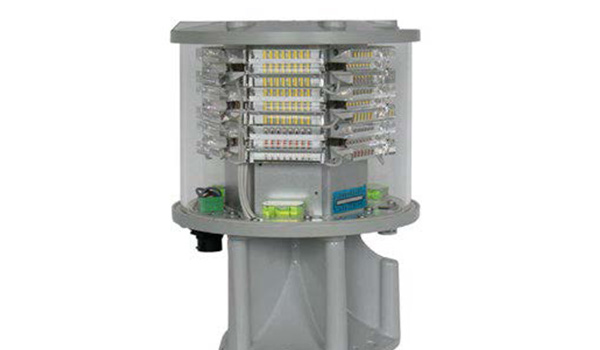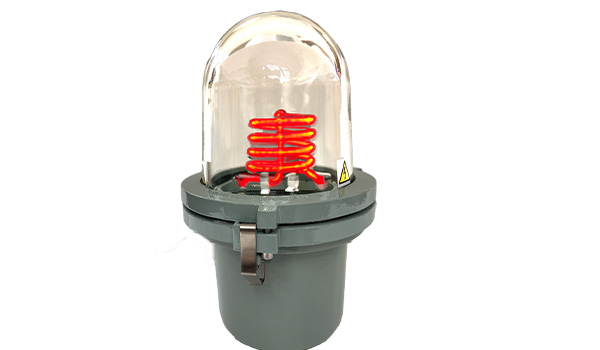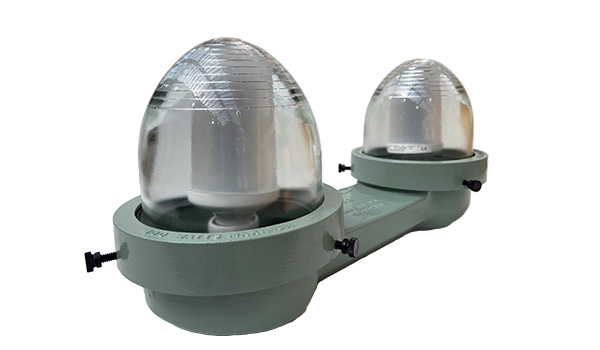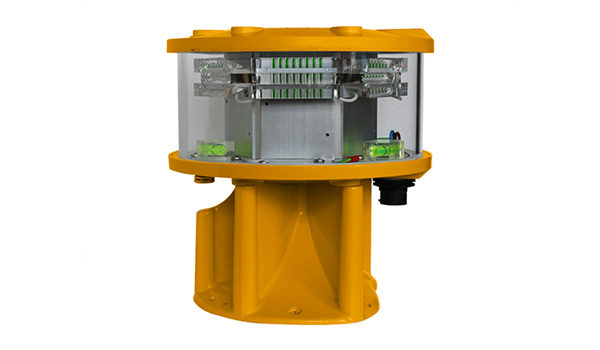Obstruction lights or aircraft warning lights are used to enhance the visibility of high-rise buildings, towers, wind turbines, telecom installations and bridges, making them visible to low-flying aircrafts.
The type of illumination required depends on the height of the obstacle and these requirements are generally governed by Annex 14 of ICAO and also FAA standards.
To ensure maximum visibility, these obstruction lights commonly employ one or more high-intensity strobe or LED devices, ensuring they can be seen by pilots from several miles away from the obstruction.
There are three classifications of obstruction lights, Low Medium, and High intensity.


